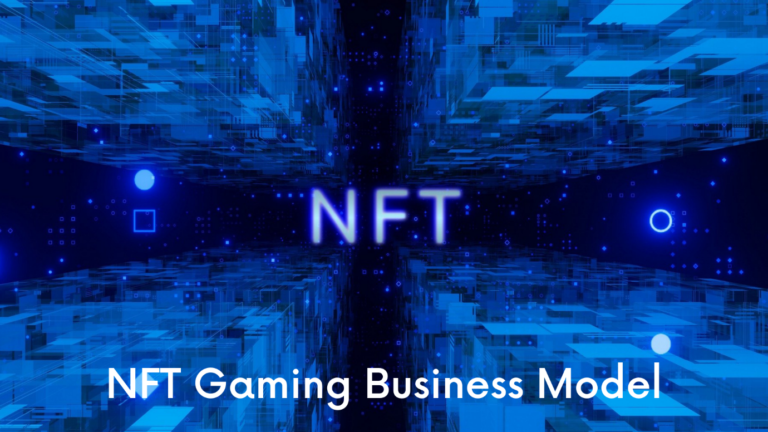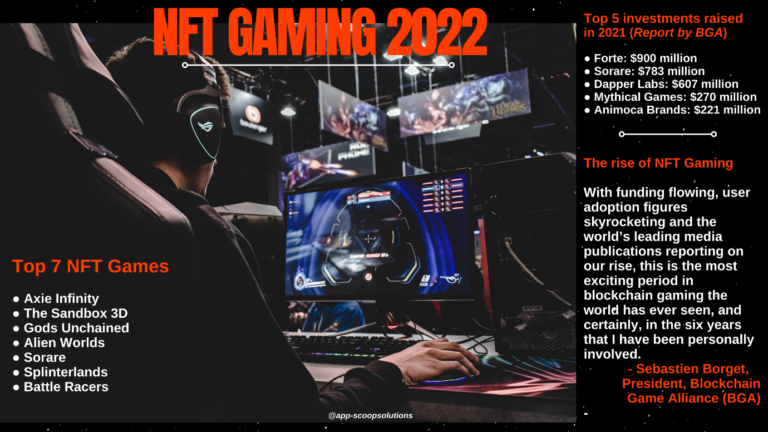More importantly, it allows startups and SMEs to broaden their horizons. This makes all the companies more inclined toward mobile application development, as it allows them to dig deeper into the market, grow their brand and business, and create a greater impact. It is very easy for a startup to tumble. Unless they embrace the change and incorporate mobile application development in their business, it will become quite difficult for them to survive. So, let’s understand what mobile application development offers to startups and SMEs.

1. Boosts User Engagement
For a product to live in the customers’ lives for eternity, the product must be flawless. And to provide a picture-perfect application, you should seamlessly understand what the users are looking for and accordingly devise a path to develop the same. On the contrary, if you don’t satisfy the consumers’ request, it wouldn’t take them any time to move to a different app.
Nonetheless, mobile apps are fasters when it comes to reciprocating the users’ demands. Therefore, as per studies, 80 per cent of the consumers who have downloaded the mobile app are happy with the service.
Now, what mobile application does is, it provides a platform for the business to connect with their users and eases the means of communication. Users can easily connect with the support team to get their problems solved. With that, to grow leaps and bounds, companies can build on the user’s feedback provided on the app. This allows them to understand the users’ pain points and provide them with just what they are looking for. One of the best examples of great user engagement is the way the Amazon app deals with the users’ queries and satisfies them. No wonder they have over 100 million downloads on Play Store. In short, mobile apps streamlines user engagement and make the process of boarding a cakewalk.
2. Increases Brand Identity
For any organisation, its brand value is of the utmost importance. And to achieve that some even spend millions. To make their brand known, their product should be appealing and instantly grab the user’s attention. The mobile application does the needful in this case. They provide the business with the market reach they are looking for. Meanwhile, it engages the user and also offers online engagement. To keep the influx of the conversation, mobile apps even engage the consumer with ads, notifications, etc. Mobile applications make sure that people are aware of your brand in many ways. What signs the deal of the companies to create awareness is the offing of an interactive feature, which the mobile applications are actually known for.
3. Amplifies Revenue Generation
Be the users or the companies, what matters the most is effective communication. The more the conversation rate, the better it is, both for users and companies. As the mobile application allows the companies to understand the users’ problems, it helps them hit the target by offering them what they are looking for as well. This certainly boosts the revenue of the business. Studies suggest that over 70 per cent of the users continue with the app depending on the kind of interaction and experience the product offers.
4. Delivers competitive edge
Be it creating brand awareness, adding loyal customers into the kitty, generating revenue, or helping the company and its product stand out from the crowd, mobile applications give them the competitive edge. The market, in today’s world, is quite ruthless. To make your mark, your product needs to be designed as per the users’ convenience. The mobile application offers several services that give the company an advantage over others. For instance, hybrid applications can be released on several platforms, this advantage must be taken into consideration if the company wants to stand out.
5. Customer Feedback
What customers’ feedback essentially does is, it provides you with an opportunity to grow your business by connecting with the users. Mobile applications can be customized in such a way that customers’ feedback is handed to you in a jiffy the moment they post it. Here, the key is to ensure that you carefully analyse their feedback and work on it wholeheartedly. In this process to maintain goodwill, don’t forget to thank the users for providing their valuable suggestions.
6. Generates Loyal Customers
The kind of actions that mobile applications take, for instance, improves brand identity, user engagement, making sure that customers’ feedback is taken seriously, provides a competitive edge, etc. This further creates an ecosystem of loyal customers. With that, the hard-hitting ads it creates sure keep the brand alive in the hearts of the users.
7. Offers valuable Data
The importance of market research is immense. To run a successful business, one must understand the market and customers. In turn, market research creates opportunities, improves communication, lowers risk, and gives a clear picture of what your consumers are looking for. Only when you have clear picture of this, your developed product will surely be a hit. Mobile apps not only help you with the market research, but it also helps you answer your questions like customers’ likes, dislikes, and more information about how to create engagement. This valuable data can be used to grow your brand.
Summing up
It is fairly easy to start an SME or a startup. A good idea, and boom you are off to a good start. However, as time progresses, they must embrace the latest trends and keep adding to their knowledge. Most startups fail simply because they refuse to change. Market research and understanding the pain point of the users play a vital role in growing your business. To achieve this, mobile application development does the needful. Startups and SMEs can make the most once they invest in mobile apps. Understanding the pros and cons of iOS, Android, and cross-platform apps can do wonders. To make this process easy, you can simply partner with App-Scoop. We will devise a full proof plan to achieve your business goals. To talk to our experts, kindly contact: https://www.app-scoop.com/contact-us.html.






